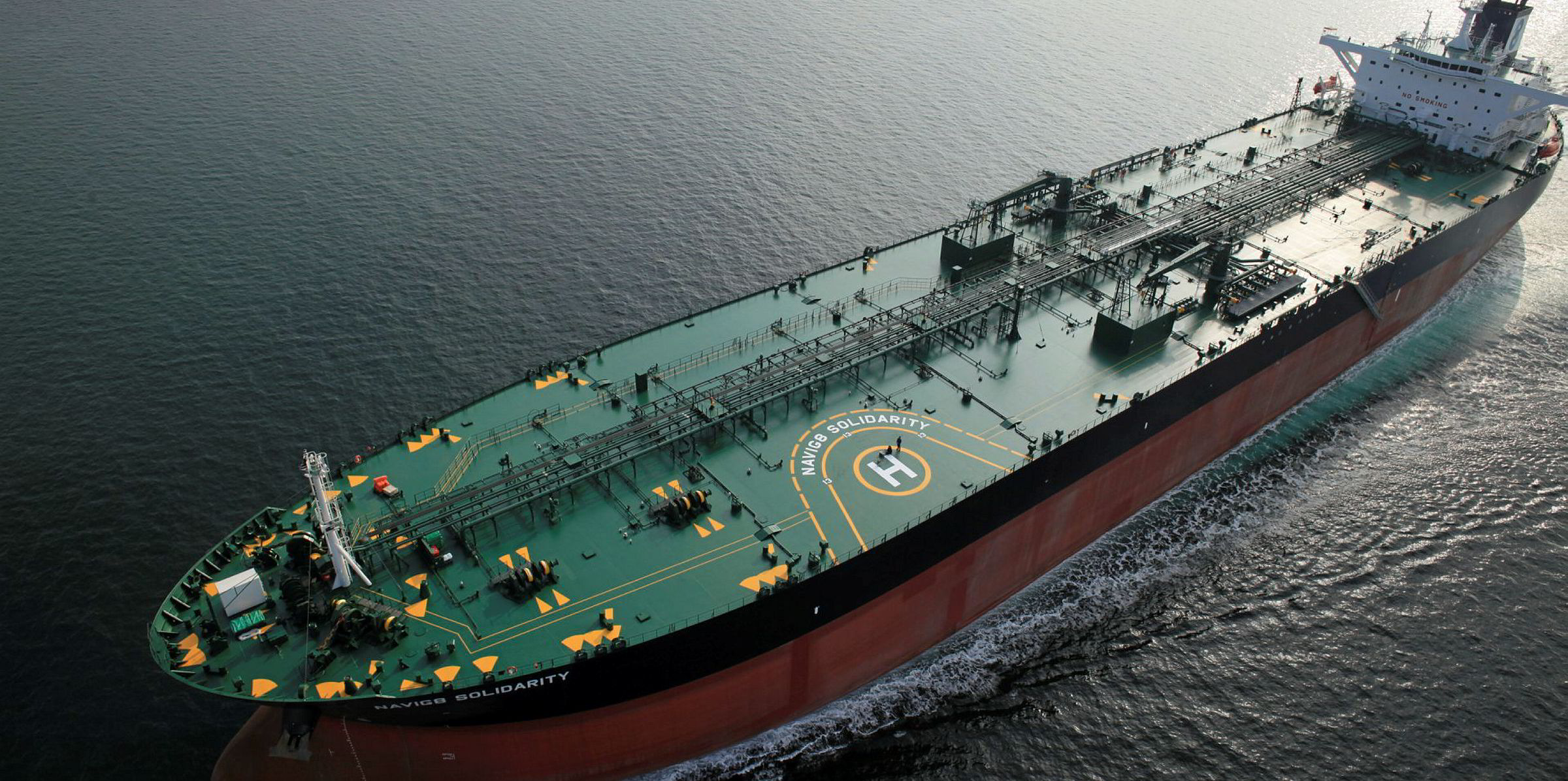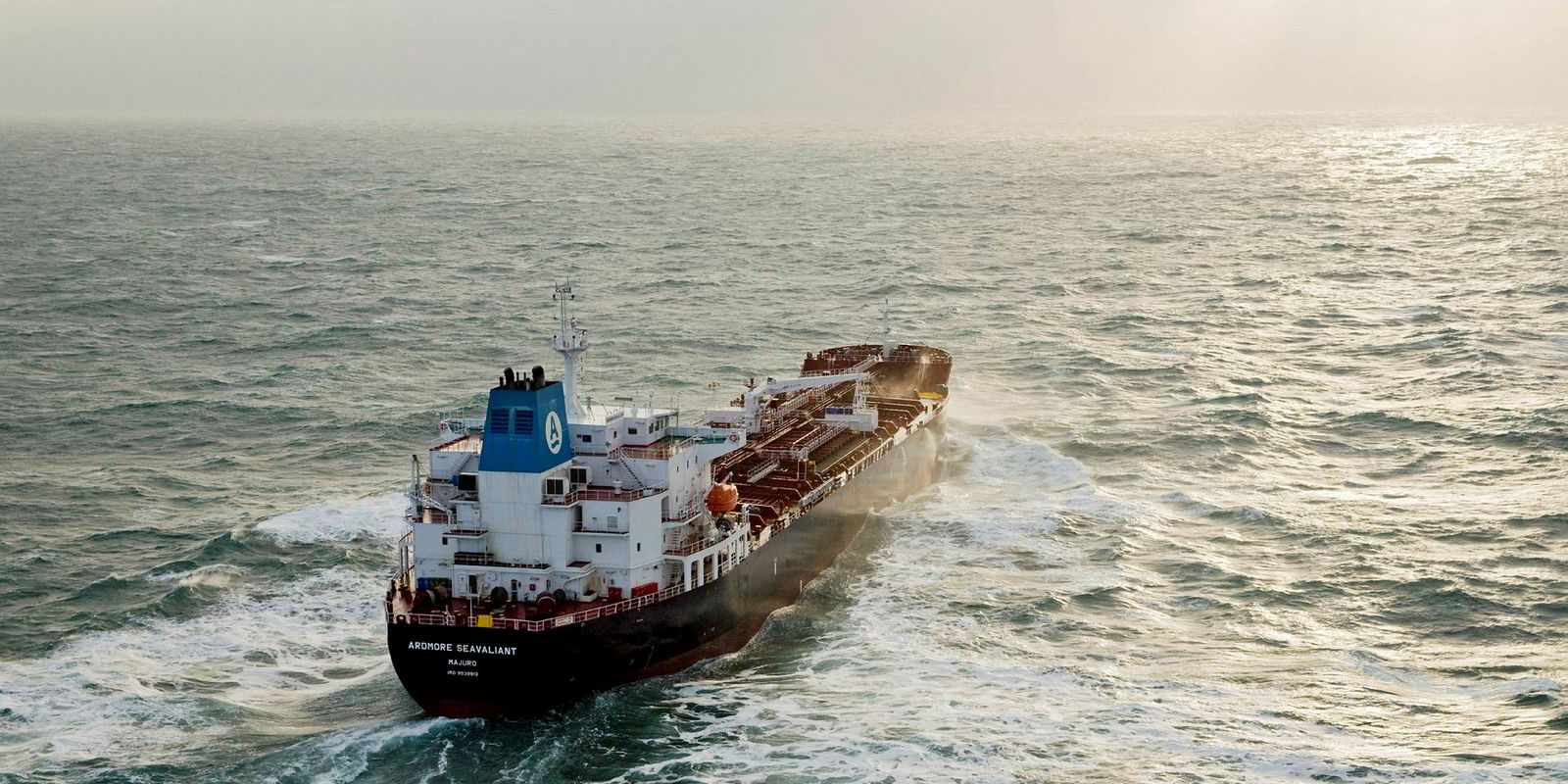A decision by Opec, Russia and even the Canadian province of Alberta to cut oil production has seized global headlines. But the maritime world has been gripped by a different story as the Baltic Clean Tanker Index hit a seven-year high.
Is this freight rate boom just for Christmas, or is this the start of something more sustained?
A range of factors from around the world propelled MR and LR product tankers to a happy end for 2018.
A general shortage of vessels on the benchmark Middle East Gulf to Japan route meant daily freight rates rocketed from $15,000 to $30,000 within a week.
A buzz of optimism has triggered a flurry of activity in the secondhand sale-and-purchase market, where prices have been at low levels for a long time.
China boosts demand
As with many things these days, China played a role in boosting demand, lifting export quotas on state-owned refiners.
This came at a time of low supply of tanker capacity because many traders had been hiring vessels for storage.
Weak demand for gasoline — partly blamed on the US-China trade war — meant traders had been holding on to supplies, turning to ships in the absence of available onshore storage.
Reuters reported that up to nine LR product tankers carrying as much as seven million tonnes of diesel were anchored in Taiwanese waters looking for buyers of ship fuel in the South China Sea. Bunker suppliers in the region are apparently unwilling to take deliveries as the price of oil products continues to fall.

The freight rates market for product tankers has also been boosted by seasonal factors such as bad weather in the northern hemisphere, which caused congestion that has tied up tonnage from the Turkish Straits to Mexico and all the way round to China.
But there have also been one-off demand increases, such as a spike in Nigerian gasoline imports because the government is keen to ensure there are no fuel shortages ahead of February’s general election.
And large dirty tankers that have traditionally carried clean petroleum products on their maiden journeys have stopped doing so as freight rates in the wider crude tanker market have improved over the autumn.
Some analysts are convinced that the good times can continue over the next 12 months — even if not quite at the same level.
Some analysts are convinced that the good times can continue over the next 12 months — even if not quite at the same level
One fact that will play hard is that many refiners will need an extra long shutdown and maintenance next year as they prepare for the introduction of the IMO’s low-sulphur fuel requirements in 2020.
For now, next year’s outlook for overall oil consumption is strong, with an extra 1.3 million barrels per day (bpd) of crude needed.
Against this rosy outlook stands last week’s decision by Opec to cut output by 800,000 bpd. That — plus a further cut of 400,000 bpd by Russia and others — is meant to drive the price of oil back up. But it will also drive down the amount of oil carried on water by tankers and, therefore, be a drag on demand.
Shipbrokers and industry analysts take different views about the potential severity of the Opec quotas for shipping markets.
Optimists argue that the increasing boom in US production will drown out negative noise from the oil cartel.
Historic problems
But investment houses DNB Markets and Stifel point out that significant changes in Opec quotas have historically caused problems for the tanker sector. “We do not believe US exports or [global tanker] scrapping will save the tanker market this time round,” argues Nicolay Dyvik, head of shipping research at DNB. He is particularly concerned that the global fleet will see 35 new VLCCs delivered in the first half of 2019.
Yet Trafigura, in its annual report released this week, talks about “strong years ahead for the wet freight book”. The trader believes increased scrapping will boost the supply-demand picture in favour of owners. It also says renewed American sanctions on Iran will force oil buyers to source and ship crude from further afield.
Last month, shipbroker Braemar increased its crude tanker freight forecasts for the next two years.
So take your pick on the long-term outlook for dirty and product tankers, but enjoy the clean trade miracle for now.





